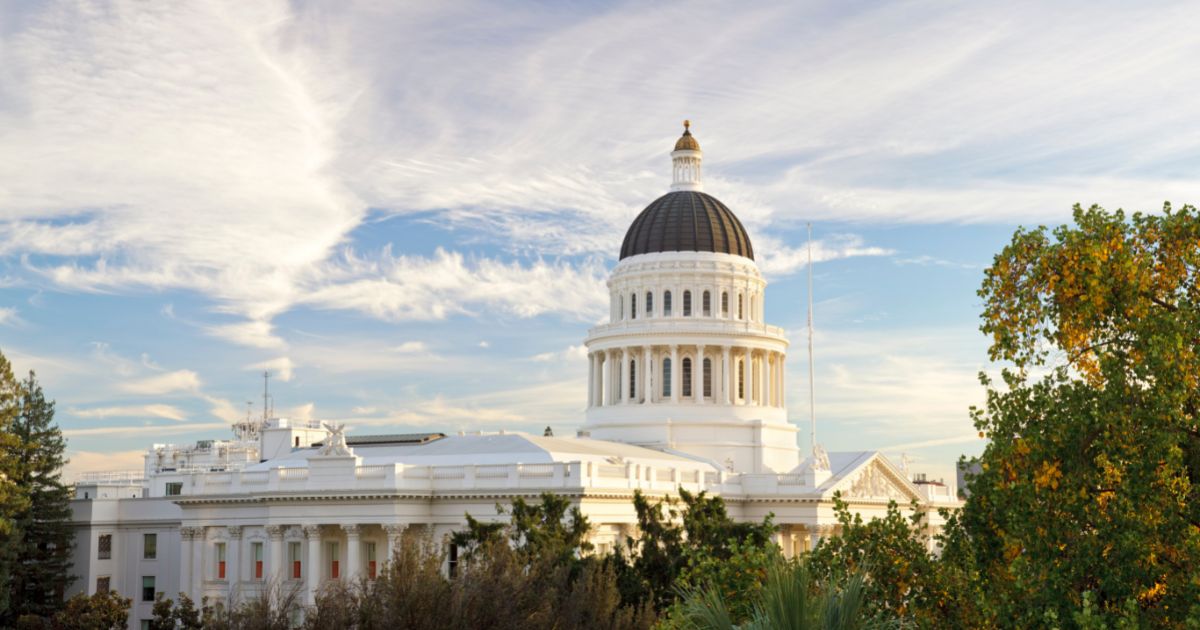
California’s final Scoping Plan sets the stage for stronger climate leadership, but next steps matter
This post was co-authored with Katelyn Roedner Sutter, California State Director at EDF.
Last month, the California Air Resources Board (CARB) released their final Scoping Plan following a lengthy process of drafting, workshops, modeling and public feedback. The Scoping Plan, which is reviewed and updated every five years, is California’s roadmap for meeting its 2030 emissions target and achieving net-zero emissions no later than 2045. Meeting these critical goals will help protect California communities from the most devastating climate change impacts, like more severe fires and droughts.
As the Board considers and votes on the final plan this week, there are some major wins and important next steps from the plan to highlight — most notably, how California will step up its climate fight in this decade.
Setting the stage for greater climate ambition
When the draft plan was released this past summer, EDF highlighted how the “ultimate test” for the Scoping Plan was whether or not it stepped up near-term ambition. That is because the timeline for when California reduces climate pollution matters enormously for the health and safety of all Californians.
Once emitted, climate-warming pollutants like CO2 remain in the atmosphere for centuries and worsen the climate damages we’re already seeing today. The longer we delay, the more climate pollution we let build-up in the atmosphere over time and further destabilize the climate. Reductions in pollution today are more valuable than those 10 years from now — because they minimize that build-up of pollution.
While there are parts of the final Plan we would have liked to see improved and strengthened, the Scoping Plan highlights one of the state’s marquee climate programs that has driven progress on emissions and can drive near-term reductions if properly designed: the cap-and-trade program. As we wrote earlier this year, the cap-and-trade program is a key tool for accelerating near-term ambition in pollution reduction, which is critical to meeting California’s climate goals.
Since its implementation in 2013, the program has played a critical role as a backstop in California, alongside a suite of other climate and clean energy policies, making sure that the state meets its climate goals on time. This is why a well-designed, firm and declining limit on emissions gives us the greatest possible certainty of achieving our climate goals. As EDF argued frequently throughout the drafting process of this most recent Scoping Plan, the program acts as an insurance policy: if California’s other policies fall short of their goals, the declining economy-wide limit on emissions will guarantee that the necessary reductions are still achieved. CARB’s final Scoping Plan leverages this framing of cap-and-trade to its full potential, with a more robust discussion of the program’s role than in earlier drafts and an updated analysis of the role of cap-and-trade in closing the state’s emissions gap and meeting its statutory 2030 climate goal.
A rulemaking will be key to turning ambition into action
Another win in the final Scoping Plan is CARB’s explicit commitment to evaluating the stringency of the emissions cap in an upcoming rulemaking. With California’s new legislative goal to reach net-zero and reduce emissions 85% by 2045, the Scoping Plan recognizes the need to ramp up near-term ambition: modeling a feasible pathway to slash pollution 48% by 2030. To get the state on track for the deep reductions required by 2045, CARB will need to swiftly initiate a rulemaking — ideally in the first few months of 2023 — to recalibrate the emissions cap to act as the backstop for delivering on this increased near-term ambition. The cap on pollution is the most important feature of the program, and must be sufficiently stringent to meet the ambition demanded in the final Scoping Plan. As CARB undertakes its rulemaking process on cap-and-trade, it should front-load climate ambition so that the state can achieve the modeled 2030 goal and get on the path to net zero.
While tightening the overall emissions cap is critical to scale the cap-and-trade program as a backstop on climate pollution, CARB should also consider other strategies in their upcoming rulemaking to increase climate ambition and help address local air pollution through the cap-and-trade program, as the Environmental Justice Advisory Council has also advocated. There are many relevant strategies for improving the cap-and-trade program to address these issues, including:
- Introducing facility-level caps on polluters operating in vulnerable communities to ensure pollution is cut directly in these communities.
- Requiring that offset credits, which entities can currently use (to a limited extent) to account for their emissions, are beneath the set limit of emissions rather than counted in addition to allowances.
- Implementing an effective Emissions Containment Reserve (ECR) — a mechanism which protects against long-term uncertainty in the program by making sure that if prices become lower than expected, the program will be made more ambitious.
On the whole and despite some lingering shortcomings, this final Scoping Plan gives California a solid framework for advancing progress on climate change in the coming decades. At the end of a lengthy drafting process and with a great deal of public input, CARB has presented a strategy that establishes the Scoping Plan as a planning document both for California’s goals and as a model for other states. Now, the race is on to turn California’s climate plan into concrete action that slashes planet-warming pollution at the pace and scale the climate crisis demands.












